The cold fusion saga of 1989 remains one of the most fascinating case studies in modern scientific history - a cautionary tale about the intoxicating allure of revolutionary discoveries and the dangers of collective enthusiasm overriding rigorous skepticism. What began as a spectacular announcement at a University of Utah press conference quickly spiraled into a global scientific frenzy, followed by bitter disappointment and lasting recriminations.
On March 23, 1989, electrochemists Martin Fleischmann and Stanley Pons made their fateful announcement claiming to have achieved nuclear fusion at room temperature using a simple tabletop apparatus. Their experiment involved passing electric current through palladium electrodes immersed in heavy water, reporting anomalous heat production they attributed to fusion reactions. The implications were staggering - unlimited clean energy from a simple chemical setup, bypassing the extreme technical challenges of hot fusion research.
The scientific community reacted with unprecedented speed and intensity. Laboratories worldwide dropped their ongoing research to attempt replications. Major universities scrambled to secure palladium supplies as rumors spread about Soviet scientists achieving similar results. The U.S. Department of Energy fast-tracked review panels while Congress hastily prepared funding bills. Media outlets proclaimed the dawn of a new energy age with front-page headlines about "fusion in a jar."
Beneath the surface excitement, however, troubling inconsistencies emerged. Reputable labs failed to reproduce the excess heat effect. Nuclear signatures expected from fusion reactions remained elusive. Theoretical physicists grew increasingly vocal about the impossibility of the claimed results under established nuclear science. By late 1989, the consensus had shifted dramatically - cold fusion was being dismissed as experimental error at best, scientific misconduct at worst.
The aftermath left deep scars across multiple disciplines. Funding for legitimate condensed matter nuclear research dried up overnight. Careers were damaged, professional relationships strained. The episode exposed systemic vulnerabilities in how science handles extraordinary claims - from peer review shortcuts to media sensationalism. Cold fusion became a byword for pathological science, joining the ranks of N-rays and polywater as cautionary examples of collective delusion.
Yet the story refuses to fade entirely. A small community of researchers continues cold fusion investigations under new labels like Low-Energy Nuclear Reactions (LENR). Private companies periodically announce breakthroughs, though none withstand rigorous scrutiny. The U.S. Navy and other defense agencies have quietly funded some research, keeping faint hopes alive. This persistence speaks to the powerful allure of the original promise - clean, abundant energy from simple materials.
Historical parallels abound with other scientific manias. Like the tulip bulb craze or dot-com bubble, cold fusion exhibited classic features of speculative frenzies - rapid spread of belief, suspension of critical judgment, fear of missing out. The academic equivalent of irrational exuberance took hold, with normally cautious scientists abandoning their professional skepticism when presented with world-changing possibilities.
The institutional responses proved equally revealing. Universities raced to claim priority, with the University of Utah establishing a National Cold Fusion Institute before proper verification. Patent applications were filed within weeks of the announcement. Politicians saw photo opportunities in energy independence promises. The normal safeguards of scientific validation were overwhelmed by competing interests and timelines foreign to careful research.
Media coverage played a crucial role in amplifying then crushing the phenomenon. Initial reporting lacked appropriate context about the extraordinary nature of the claims. Later coverage swung to equally exaggerated dismissal, often conflating legitimate questions about experimental methods with accusations of fraud. This binary framing obscured important middle ground - that honest researchers can misinterpret ambiguous results without malicious intent.
Theoretical objections centered on the Coulomb barrier - the tremendous electrostatic repulsion between atomic nuclei that normally requires stellar temperatures to overcome. Cold fusion proponents proposed various ad hoc mechanisms (including poorly defined "piezonuclear" effects), but none provided testable quantitative predictions. This theoretical vacuum made the experimental claims even harder to accept, despite historical precedents where observation preceded explanation.
Methodological criticisms focused on calorimetry issues - the challenging measurement of small heat differences in complex electrochemical systems. Critics demonstrated how experimental artifacts could mimic fusion signatures. The lack of expected neutron radiation or tritium production remained particularly damning. These technical debates were largely lost in public discussions that preferred dramatic narratives of revolution or fraud.
The human dimension often gets overlooked in cold fusion postmortems. Fleischmann was a highly respected electrochemist, a Fellow of the Royal Society. Pons was a productive researcher with over 100 publications. Their decision to announce via press conference rather than peer-reviewed journal remains puzzling, though some attribute it to University of Utah pressure and patent concerns. Their subsequent withdrawal from mainstream science completed a tragic arc.
Less examined are the hundreds of researchers who invested months in replication attempts. Some acted out of genuine curiosity, others from fear of being left behind in a potential paradigm shift. The opportunity costs were substantial - diverted resources, delayed projects, damaged reputations. Younger scientists especially faced career risks from association with a discredited field.
Institutional memory appears frustratingly short. Similar patterns have emerged in subsequent scientific controversies, from superluminal neutrinos to arsenic-based life. The same factors - media hype, rushed peer review, bandwagon effects - continue to plague extraordinary claims. Cold fusion's lessons about scientific humility and patience seem forgotten with each new generation.
The episode also revealed tensions between chemistry and physics cultures. Electrochemists tended to be more open to cold fusion possibilities, comfortable with complex systems where mechanisms aren't fully understood. Physicists demanded cleaner signatures and theoretical frameworks. This disciplinary divide complicated objective evaluation, with criticisms sometimes crossing into professional turf protection.
Three decades later, cold fusion retains a strange dual status - simultaneously debunked yet persistently resurrected. The original Fleischmann-Pons effect remains unverified, yet intriguing anomalies in metal-hydrogen systems continue to surface at the fringes of mainstream science. Perhaps the deepest lesson is that the line between visionary and deluded can be distressingly thin, especially when the stakes involve solving humanity's existential challenges.
Ultimately, the cold fusion episode stands as a monument to science's messy humanity - its capacity for both breathtaking discovery and collective error. The same emotional drives that fuel revolutionary advances - imagination, ambition, hope - can also distort judgment. The system eventually self-corrected, but not before revealing how scientific truth emerges through struggle between competing impulses and interests as much as through pure rationality.
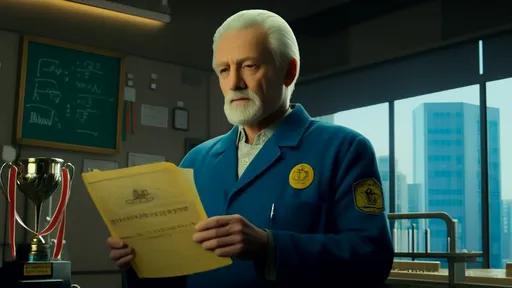
By /Jul 2, 2025

By /Jul 2, 2025

By /Jul 2, 2025
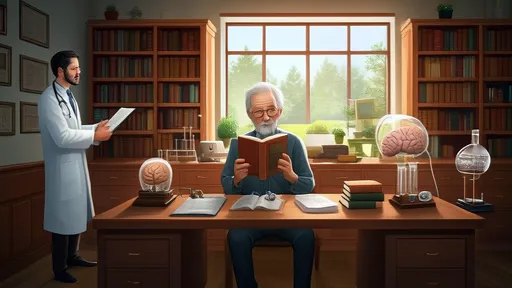
By /Jul 2, 2025
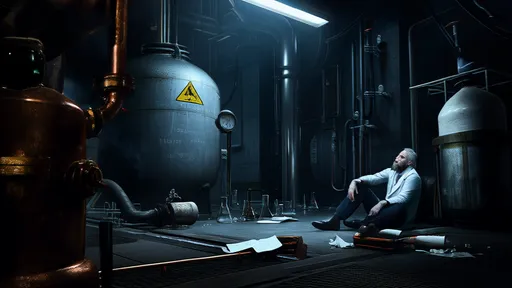
By /Jul 2, 2025

By /Jul 2, 2025

By /Jul 2, 2025
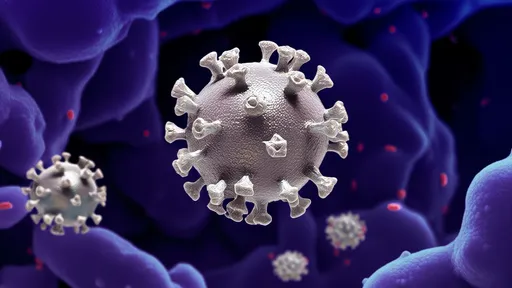
By /Jul 2, 2025

By /Jul 2, 2025

By /Jul 2, 2025

By /Jul 2, 2025
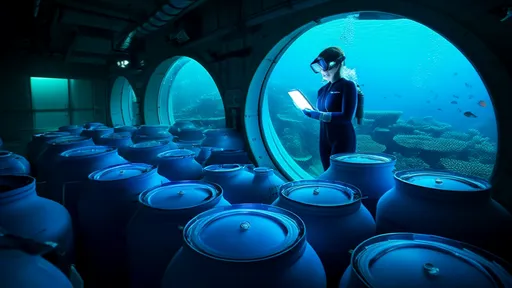
By /Jul 2, 2025

By /Jul 2, 2025
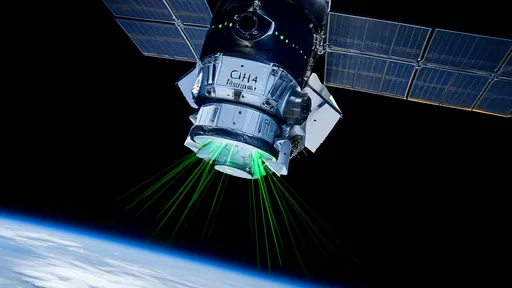
By /Jul 2, 2025

By /Jul 2, 2025

By /Jul 2, 2025

By /Jul 2, 2025